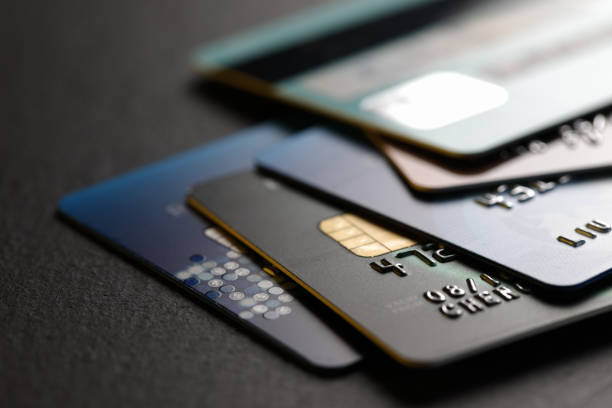Whether you’ve sent money to a loved one abroad or paid a bill online using a US bank account, you’ve no doubt been asked for a routing number.
In a world where financial institutions have gone digital and online banking is widespread, you may find yourself searching for a routing number more often than ever before. This guide will help you better understand this banking term, why it’s important, and when you might need it.
What is a routing number?
Whenever someone asks you for your bank account details in the United States, one of the first things they ask for is your bank routing number. If you have ever written a check in the United States, you will have seen this series of digits even if you have not noticed it. This is because you can find the number at the bottom of paper checks.
Also known as routing transit numbers, these digits are essentially a bank’s identification code. In 1910, the American Bankers Association created these identifiers to ensure that the withdrawal and deposit of funds went to the correct bank. That’s where the longer name “ABA routing number” comes from.
How can I find my bank’s routing number?
There are several ways to check routing numbers. The following methods are some of the easiest:
- Look at your checks: The first series of digits at the bottom of your checks is the transit number of the route. It is a nine-digit number.
- Call the bank: Unlike account numbers, routing numbers are not secret information. Your bank should provide this information over the phone.
- Check online: There are searchable databases that can provide this information, but check your own bank’s website to be sure.
Whether you’re transferring money online or setting up your paycheck for direct deposit, it’s important to accurately enter this number to ensure funds reach their destination. Routing numbers are now used for electronic funds transfers, automated clearing house (ACH) transfers, money transfers, and a variety of mobile banking needs.
Please note that these identifiers may vary depending on your accounts and the method of sending money. For example, banks offer different numbers for your checking and savings accounts. Financial institutions may also have separate identifiers for traditional wire transfers and wire transfers.
Routing numbers vs. Account number
It’s important to remember that your checking account number and routing number are not the same things. Although both appear on checks along with the check number, they serve different purposes.
Simply put, routing numbers help institutions identify your bank, and account numbers help your bank identify you.
Each bank has its routing number. Big banks often have several different routing numbers. That’s why you can find different routing numbers on your bank’s website, listed by state. For a multinational bank like Chase or Wells Fargo, Kentucky will not share a number with New York, which will not be the same as Maryland or Connecticut codes.
Why are routing numbers important?
Correctly identifying a bank or credit union is a great reason to have routing numbers, but why shouldn’t just having the name of the bank and a personal account number suffice? At some point in history, it was enough to provide them. However, contrary to what one might think, this was not a positive thing. It slowed everything down.
Before routing numbers existed, checks in the United States took several days to clear. This made it easy for checks to bounce and for individuals to have no clear idea of how much money they had in an account. The introduction of bank identifiers changed this situation. Now when a check is written, withdrawals can be instant.
And while the inventors of this identifier could not foresee all of its future uses, their innovation continues to benefit bank account owners to this day.
Routing numbers in other countries
When sending or receiving money from other countries, traditional routing numbers are not enough. US banks use SWIFT codes for incoming payments from foreign countries. Although these codes are similar to routing numbers in many ways, mixing them up can cause transfers to fail.
Another problem that you can find with other countries is the difference in terminology. While the routing information is widely recognized in America, other nations may call these numbers differently.
When and how are routing numbers used?
This guide has mentioned a few cases where your routing information is needed, but this barely scratches the surface of the many uses of these identifiers. You may need your routing number in each of the following situations.
- Hire digital wallets that are connected to your current account.
- Sending transfers to friends or relatives abroad.
- Contract automatic withdrawal to pay bills.
- Make payments online or by phone.
- Set up direct deposit for tax returns or stimulus checks.
- Online money transfer applications, although debit or credit cards are often sufficient.
- Transfer money between separate accounts (for example, savings and checking).
- Set up direct deposit to prepaid debit or credit cards.





